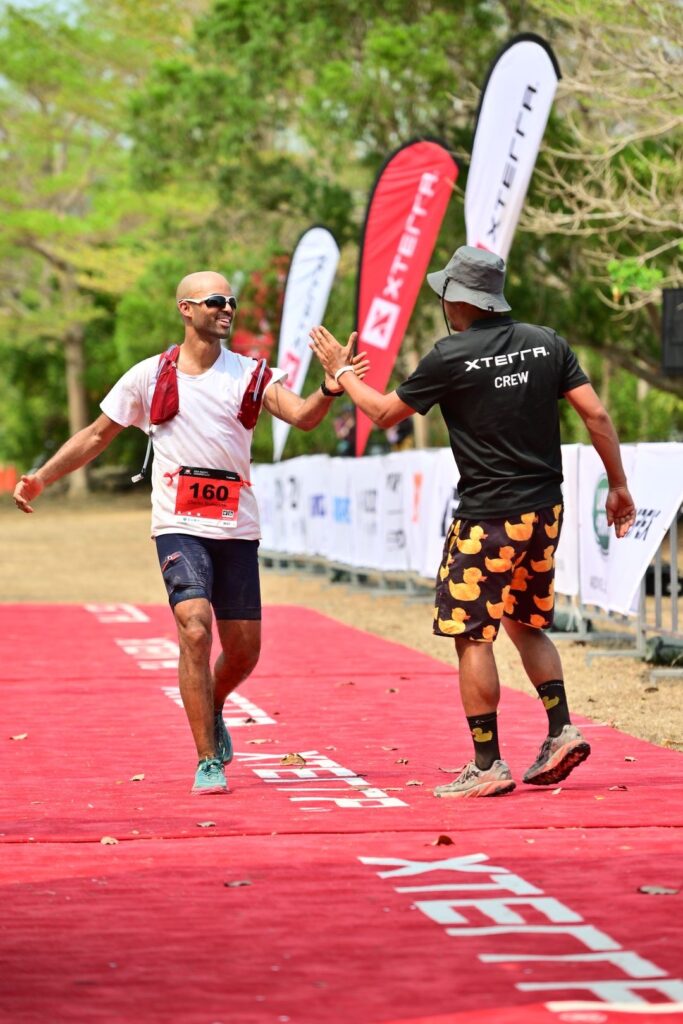
Introduction: The Starting Line
The decision to train for a 5K is the first step in a transformative journey that challenges both body and mind. It’s crucial to get a physical check-up before you begin; ensuring your body is ready for the upcoming physical activity is paramount. With a doctor’s green light, you can embark on this adventure with confidence and safety.
Gear Up: Choosing the Right Equipment
Investing in a quality pair of running shoes is non-negotiable—they’re your primary tool and ally on the road. Remember, the right fit and adequate support from your footwear can prevent injuries and improve performance.
The Plan: Structuring Your Training
An eight-week training schedule is ideal for gradually building up your stamina and distance. The key is to start slow; the goal is not just to run a 5K but to finish it feeling strong. Structure your training into manageable intervals, and ensure you have rest days to recover.
Warming Up: The Essential Prelude
Warming up with light exercises is essential; it signals your body to get ready for the workout ahead. A proper warm-up can significantly reduce the risk of injury and improve your running efficiency.
Running vs. Walking: Finding Your Balance
In the beginning, your training sessions will alternate between walking and running. This approach builds endurance without overwhelming your body and helps you gradually adapt to running longer distances.
Frequency: Setting a Sustainable Pace
Aim for three training sessions a week to balance exertion with recovery effectively. Consistency is your friend here; regular workouts are the bedrock of successful race preparation.
Interval Training: Boosting Speed and Stamina
Interval training should become a staple in your routine, pushing your speed in short bursts. These high-intensity intervals are critical for improving your aerobic capacity and building speed.
Endurance: The Long, Slow Run
Weekly long runs are essential—they are your dress rehearsal for the main event. They help your body adapt to the demands of sustained running, which is crucial for race day.
Cross-Training: Complementing Your Running
Incorporate activities like swimming or cycling to keep your cardio up but reduce the impact on your joints. Cross-training can also help prevent overuse injuries by giving your running muscles a break.
Strength Training: Building a Runner’s Body
Strength training is invaluable, fortifying the muscles you’ll rely on during your run. Your core, in particular, needs to be strong to maintain good running posture and stability.
Lower Body Work: The Foundation of Running
Exercises like squats and lunges specifically target the muscles used most during running. Strengthening your legs can lead to more powerful strides and a reduced risk of injury.
Upper Body Strength: More Than Just Legs
A strong upper body supports better running form and can help you maintain efficiency as you tire. Don’t overlook exercises like push-ups and rows, which build the arm and back strength needed for a balanced run.
Form and Technique: Running Smarter, Not Harder
Proper running form is vital for efficiency and preventing injuries. Keeping your posture upright, shoulders relaxed, and arms at a 90-degree angle can make a significant difference in your performance.
Pacing: The Art of Running Rhythm
Learning to pace yourself is a skill that will pay dividends on race day. A consistent, manageable pace helps conserve energy, allowing you to finish strong.
Rest and Recovery: The Silent Trainers
Rest days are not a sign of weakness; they’re an essential component of your training regimen. These days allow for physical recovery and mental preparation, which are just as important as the runs themselves.
Nutrition: Fueling the Machine
Nutrition is a key factor in your training; what you eat powers your runs. A balanced diet with the right mix of proteins, carbs, and fats is your best bet for optimal energy.
Hydration: Keeping the Engine Cool
Staying hydrated is a day-long commitment, not just during workouts. Proper hydration affects everything from your performance to your recovery times.
Sleep: The Unseen Training Partner
Adequate sleep is the unsung hero of any training program. During sleep, your body repairs itself, making it just as important as the training itself.
Tapering: The Final Countdown
In the week leading up to the race, taper your training to conserve energy. Tapering allows your body to rest and build up reserves for the main event.
Race Day Prep: Laying the Groundwork
Plan all the logistical details of race day in advance, so you can focus on your run. Knowing the where, when, and how beforehand can significantly reduce race-day stress.
Breakfast: The First Victory of the Day
On race day, stick to a tried-and-true breakfast that you know agrees with you. Eating familiar foods ensures no surprises when it comes to your digestive system.
The Start Line: Keeping Your Cool
When the race starts, resist the urge to sprint off with the crowd. Find your pace and stick to it; let the surge go and trust in your training.
Finishing Strong: The Reward of Training
As you approach the finish line, reflect on the journey that got you there. Your commitment to training has prepared you for this moment—savor it.
Post-Race: The Journey Continues
Completing a 5K is a milestone, but it’s also a beginning. Use what you’ve learned to set new goals and continue your running adventure.
Training for a 5K is a journey that offers as many mental rewards as physical ones. It’s a testament to the discipline and determination that we’re all capable of.
